Probability-mass-function
A Probability Mass Function (PMF) is a fundamental concept in probability theory that describes the distribution of discrete random variables. It provides a mapping from each possible outcome of a random variable to its corresponding probability, ensuring that the total probability across all outcomes sums to one. For example, when rolling a fair six-sided die, the PMF assigns a probability of 1/6 to each outcome (1 through 6). PMFs are essential for calculating probabilities of specific events and understanding the behavior of discrete distributions in various applications, such as statistics and data analysis.

Chapter 3 Probability mass functions
The code for this chapter is in probability.py . For information about downloading and working with this code, see Section 0.2 . 3.1 Pmfs Another way to represent a distribution is a probability mass ...
📚 Read more at Think Stats🔎 Find similar documents

Probability Mass and Density Functions
Probability mass and density functions are used to describe discrete and continuous probability distributions, respectively. This allows us to determine the probability of an observation being…
📚 Read more at Towards Data Science🔎 Find similar documents
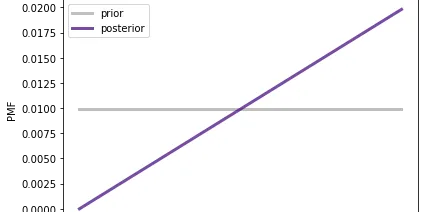
Distributions
In the previous chapter we used Bayes’s Theorem to solve a cookie problem; then we solved it again using a Bayes table. In this chapter, at the risk of testing your patience, we will solve it one mor...
📚 Read more at Think Bayes🔎 Find similar documents

Chapter 6 Probability density functions
The code for this chapter is in density.py . For information about downloading and working with this code, see Section 0.2 . 6.1 PDFs The derivative of a CDF is called a probability density function ,...
📚 Read more at Think Stats🔎 Find similar documents

Part 03: Describing Random Outcomes: PMF, CDF, and PDF
In the previous article, we introduced the concept of a random experiment using the example of student marks in a class. Now, we will delve deeper into how we mathematically describe the likelihood of...
📚 Read more at Towards AI🔎 Find similar documents
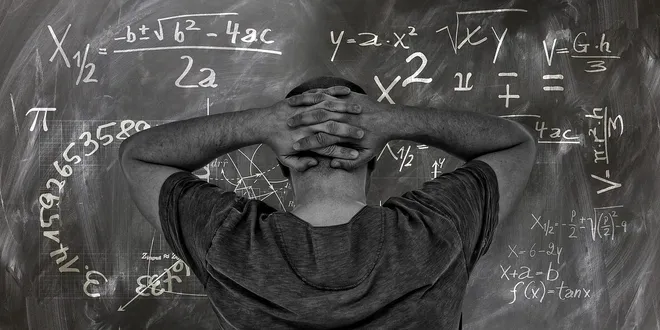
What Is A Probability Density Function?
In the wonderful world of statistics, distributions are an absolutely vital component that sits at the center of a universe of mathematics. Distributions are used to describe data mathematically, and…...
📚 Read more at Towards Data Science🔎 Find similar documents

Probability Theory for Deep Learning
A very quick introduction to Random variables, probability mass/density functions, and special distribution functions.
📚 Read more at Towards Data Science🔎 Find similar documents
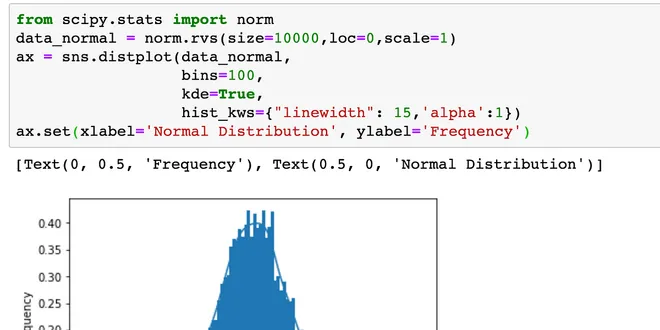
Statistical Distributions
A probability distribution is a mathematical function that provides the probabilities of the occurrence of various possible outcomes in an experiment. Probability distributions are used to define…
📚 Read more at Towards Data Science🔎 Find similar documents
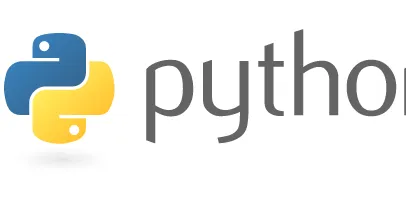
— Mathematical statistics functions
statistics — Mathematical statistics functions New in version 3.4. Source code: Lib/statistics.py This module provides functions for calculating mathematical statistics of numeric ( Real -valued) dat...
📚 Read more at The Python Standard Library🔎 Find similar documents

Probability & Statistics for Beginners in Machine Learning: Part 3 — Probability Distribution
A probability distribution is the mathematical function through which the probability of occurrence of different possible outcomes in an experiment can be calculated. Some very common examples we can…...
📚 Read more at Analytics Vidhya🔎 Find similar documents

Deep Learning Book Series 3.1 to 3.3 Probability Mass and Density Functions
This content is part of a series about Chapter 3 on probability from the Deep Learning Book by Goodfellow, I., Bengio, Y., and Courville, A. (2016). It aims to provide intuitions/drawings/python code…...
📚 Read more at Towards Data Science🔎 Find similar documents
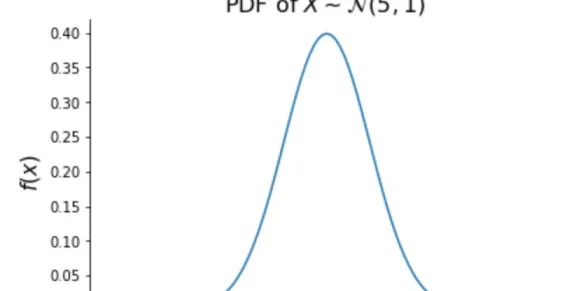
Probability
Many machine learning methods are rooted in probability theory. Probabilistic methods in this book include linear regression , Bayesian regression , and generative classifiers . This section covers t...
📚 Read more at Machine Learning from Scratch Book🔎 Find similar documents

